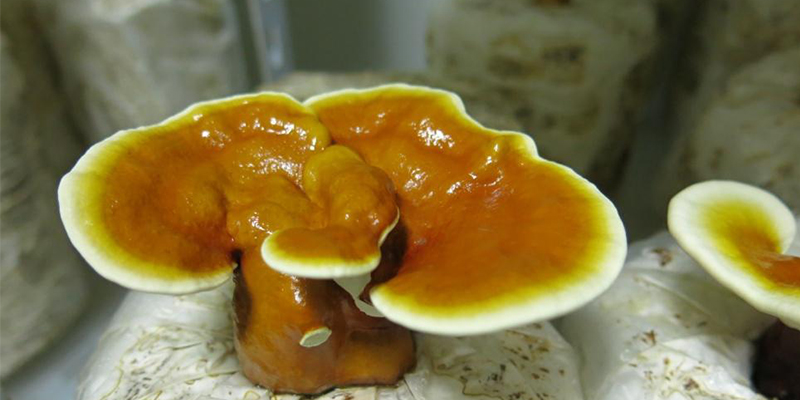Reishi Mushroom Factory Cultivation: Scaling Up the Production of the King of Medicinal Fungi

Reishi mushrooms, renowned for their exceptional medicinal properties, are in high demand worldwide. To meet this growing demand, many cultivators have turned to factory cultivation methods that allow for large-scale production of the "King of Medicinal Fungi." In this article, we will explore the intricacies of reishi mushroom factory cultivation, shedding light on the techniques and considerations involved in scaling up production.
Facility Design and Layout. Building a suitable facility is the first step in establishing a reishi mushroom factory. The layout should be designed to optimize space utilization and workflow efficiency. Consider factors such as proper ventilation, temperature control, and adequate lighting. Additionally, implementing cleanroom protocols and strict hygiene practices is crucial to minimize contamination risks.
Substrate Preparation. Factory cultivation often involves using synthetic substrates due to their availability and ease of sterilization. Common substrate formulations for reishi mushroom cultivation include sawdust-based mixtures supplemented with bran, soybean powder, or other organic materials. The substrates must undergo thorough sterilization to eliminate any potential contaminants before being inoculated with reishi mushroom spawn.
Inoculation and Incubation. After sterilizing the substrate, it is inoculated with reishi mushroom spawn. This can be done manually or with automated equipment, depending on the scale of production. Once inoculated, the substrate is placed in environmentally controlled incubation chambers. Maintain optimal temperature (around 25-28°C or 77-82°F) and humidity levels (approximately 85-90%) to facilitate mycelium growth and colonization.
Fruiting Environment. Creating an ideal fruiting environment is essential for reishi mushroom development. Transition the colonized substrate to a fruiting chamber with lower temperatures (around 20-25°C or 68-77°F) and reduced humidity levels (around 80-85%). Indirect light or controlled artificial lighting can be used to stimulate fruiting. Adequate air circulation is crucial during this stage to promote healthy growth and minimize the risk of contamination.
Harvesting and Processing. Reishi mushrooms are typically harvested when they reach full maturity and develop their distinct reddish-brown coloration. Depending on the production scale, harvesting can be done manually or with automated equipment. Handle the harvested mushrooms carefully to avoid damage. Afterward, the mushrooms are processed through drying or extraction methods for various applications, such as supplements, teas, or medicinal extracts.
Quality Control and Testing. Implement rigorous quality control measures throughout the cultivation process to ensure consistent product quality. Regular testing for contaminants, such as bacteria, molds, or heavy metals, is crucial to meet industry standards and regulatory requirements.
Sustainability Considerations. As with any large-scale cultivation, sustainability should be a key focus. Implement eco-friendly practices, such as recycling substrate waste, optimizing energy usage, and exploring renewable energy sources. Additionally, consider using organic or sustainable cultivation techniques to meet the demands of environmentally conscious consumers.
Reishi mushroom factory cultivation offers the potential to meet the increasing demand for these prized medicinal fungi. By designing an efficient facility, implementing proper cultivation techniques, and prioritizing quality control, cultivators can successfully scale up production while ensuring product integrity. Embrace the challenge of reishi mushroom factory cultivation, and contribute to the availability of this valuable resource that promotes health and wellness worldwide.

(1)(1).jpg)
 CONTACT
CONTACT